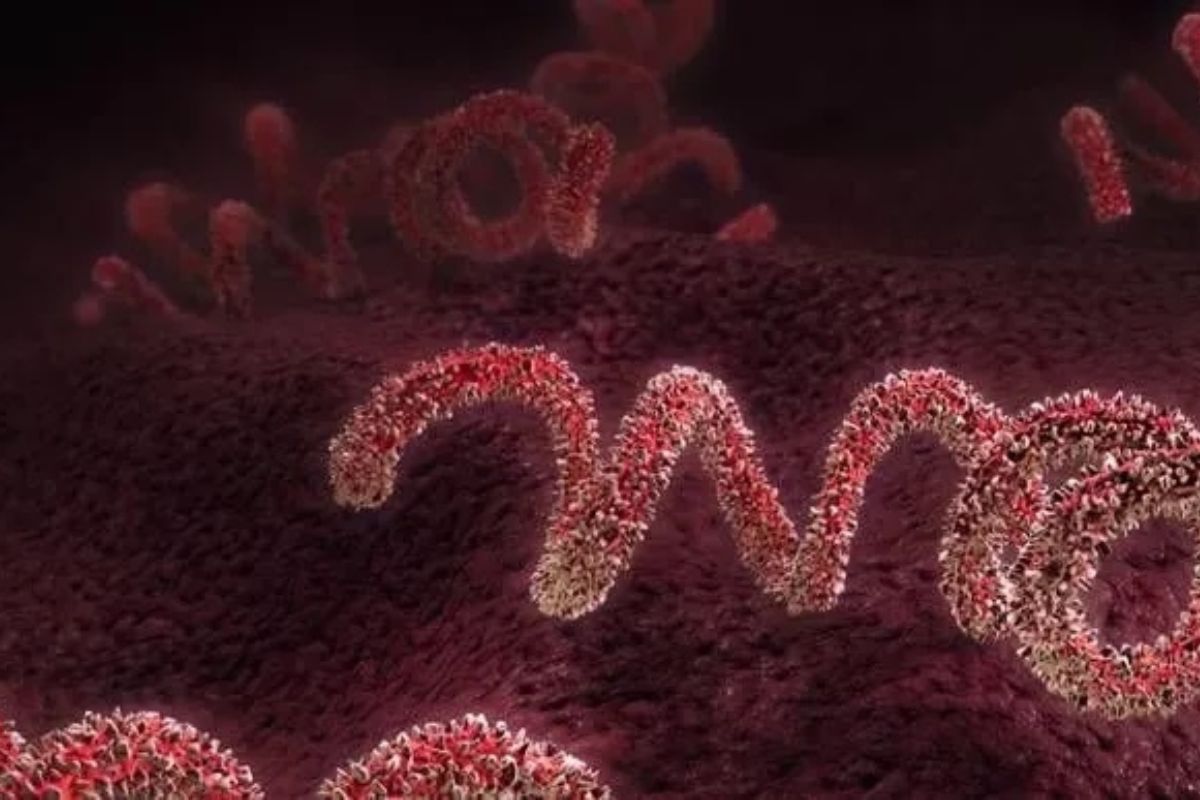
Nonvenereal endemic syphilis, also known as bejel, is a lesser-known cousin of the sexually transmitted infection syphilis. Unlike its infamous relative, bejel spreads through nonsexual contact, often affecting children in arid regions. This disease, caused by the bacterium Treponema pallidum subspecies endemicum, thrives in areas with poor hygiene and close living conditions. Symptoms can range from skin lesions to bone deformities, making early detection crucial. Despite its rarity in developed countries, understanding bejel is important for global health. Here are 30 facts to help you grasp the essentials of this intriguing disease.
Key Takeaways:
- Nonvenereal endemic syphilis, or bejel, is a chronic disease affecting children in arid regions. It spreads through direct contact and shared items, not through sex. Early diagnosis and treatment are crucial.
- Bejel progresses through stages with distinct symptoms, but can be prevented by improving hygiene and educating communities. Ongoing global research aims to control and eventually eradicate the disease.
What is Nonvenereal Endemic Syphilis?
Nonvenereal endemic syphilis, also known as bejel, is a chronic infectious disease caused by the bacterium Treponema pallidum subspecies endemicum. Unlike venereal syphilis, it is not sexually transmitted. Instead, it spreads through direct contact or shared items like utensils.
- Nonvenereal endemic syphilis primarily affects children in arid regions of Africa, the Middle East, and Asia.
- The disease is also known as bejel, endemic syphilis, or treponematosis.
- It is caused by the bacterium Treponema pallidum subspecies endemicum.
- Unlike venereal syphilis, bejel is not sexually transmitted.
- The disease spreads through direct contact with infected lesions or sharing contaminated items.
Symptoms and Stages
Bejel progresses through several stages, each with distinct symptoms. Understanding these stages helps in early diagnosis and treatment.
- The primary stage involves painless ulcers in the mouth or on the skin.
- Secondary stage symptoms include skin rashes, mucous membrane lesions, and swollen lymph nodes.
- In the tertiary stage, the disease can cause severe damage to bones, skin, and tissues.
- Bone deformities are common in the later stages of bejel.
- Unlike venereal syphilis, bejel rarely affects the cardiovascular or nervous systems.
Diagnosis and Treatment
Early diagnosis and treatment are crucial to prevent long-term complications. Medical professionals use various methods to identify and treat the disease.
- Diagnosis often involves blood tests to detect antibodies against Treponema pallidum.
- Dark-field microscopy can be used to identify the bacteria in lesion samples.
- Penicillin is the most effective treatment for bejel.
- A single dose of intramuscular benzathine penicillin G is usually sufficient.
- For those allergic to penicillin, tetracycline or doxycycline can be used as alternatives.
Prevention and Control
Preventing the spread of bejel involves public health measures and education. Communities in endemic areas need to be aware of the disease and how to avoid it.
- Improving hygiene and sanitation can reduce the spread of bejel.
- Educating communities about the disease and its transmission is essential.
- Regular health check-ups in endemic areas help in early detection and treatment.
- Avoiding sharing personal items like utensils and towels can prevent transmission.
- Public health campaigns can raise awareness and promote preventive measures.
Historical and Cultural Context
Bejel has a long history and is deeply rooted in the cultural practices of affected regions. Understanding this context can provide insights into the disease's persistence and spread.
- Bejel has been known for centuries, with historical records dating back to ancient times.
- The disease is more prevalent in nomadic and rural communities.
- Cultural practices, such as communal eating and drinking, contribute to its spread.
- Traditional healing practices may delay seeking medical treatment.
- Efforts to control bejel often face challenges due to cultural beliefs and practices.
Global Impact and Research
Ongoing research and global efforts aim to control and eventually eradicate bejel. Understanding its impact and the progress made can highlight the importance of continued efforts.
- Bejel affects thousands of people worldwide, primarily in developing countries.
- The World Health Organization (WHO) has initiatives to control and eliminate bejel.
- Research is ongoing to develop better diagnostic tools and treatments.
- Collaboration between governments, NGOs, and communities is crucial for success.
- Continued funding and support are needed to achieve global eradication of bejel.
Final Thoughts on Nonvenereal Endemic Syphilis
Nonvenereal endemic syphilis, also known as bejel, remains a significant health issue in certain regions. Understanding its transmission, symptoms, and treatment options is crucial for managing and preventing this disease. Unlike venereal syphilis, bejel spreads through non-sexual contact, often affecting children in close-knit communities. Early diagnosis and treatment with antibiotics can effectively cure the infection, but public health efforts must focus on improving hygiene and living conditions to reduce its spread. Awareness and education play vital roles in combating this disease, ensuring that affected communities receive the necessary support and resources. By staying informed and proactive, we can work towards a future where nonvenereal endemic syphilis is no longer a threat to public health.
Frequently Asked Questions
Was this page helpful?
Our commitment to delivering trustworthy and engaging content is at the heart of what we do. Each fact on our site is contributed by real users like you, bringing a wealth of diverse insights and information. To ensure the highest standards of accuracy and reliability, our dedicated editors meticulously review each submission. This process guarantees that the facts we share are not only fascinating but also credible. Trust in our commitment to quality and authenticity as you explore and learn with us.
